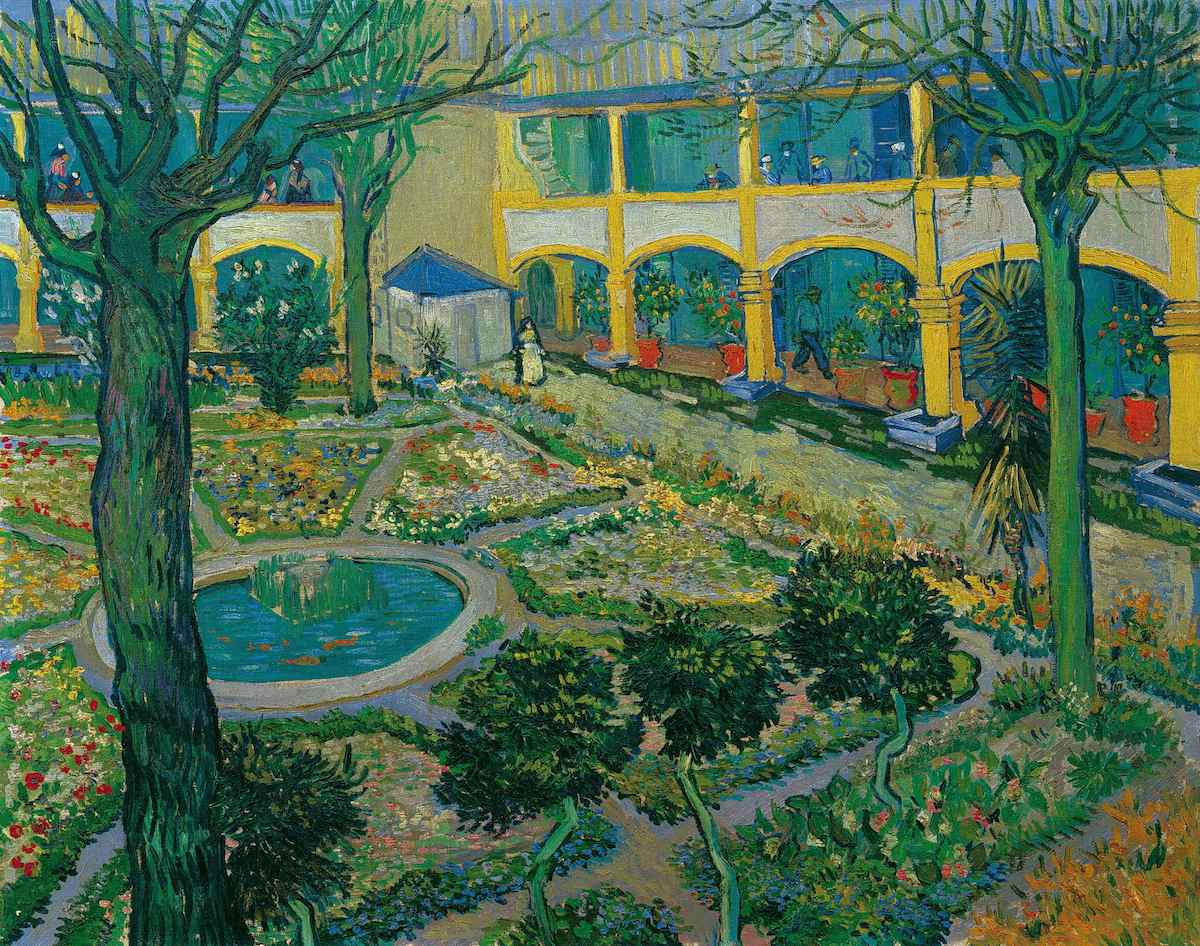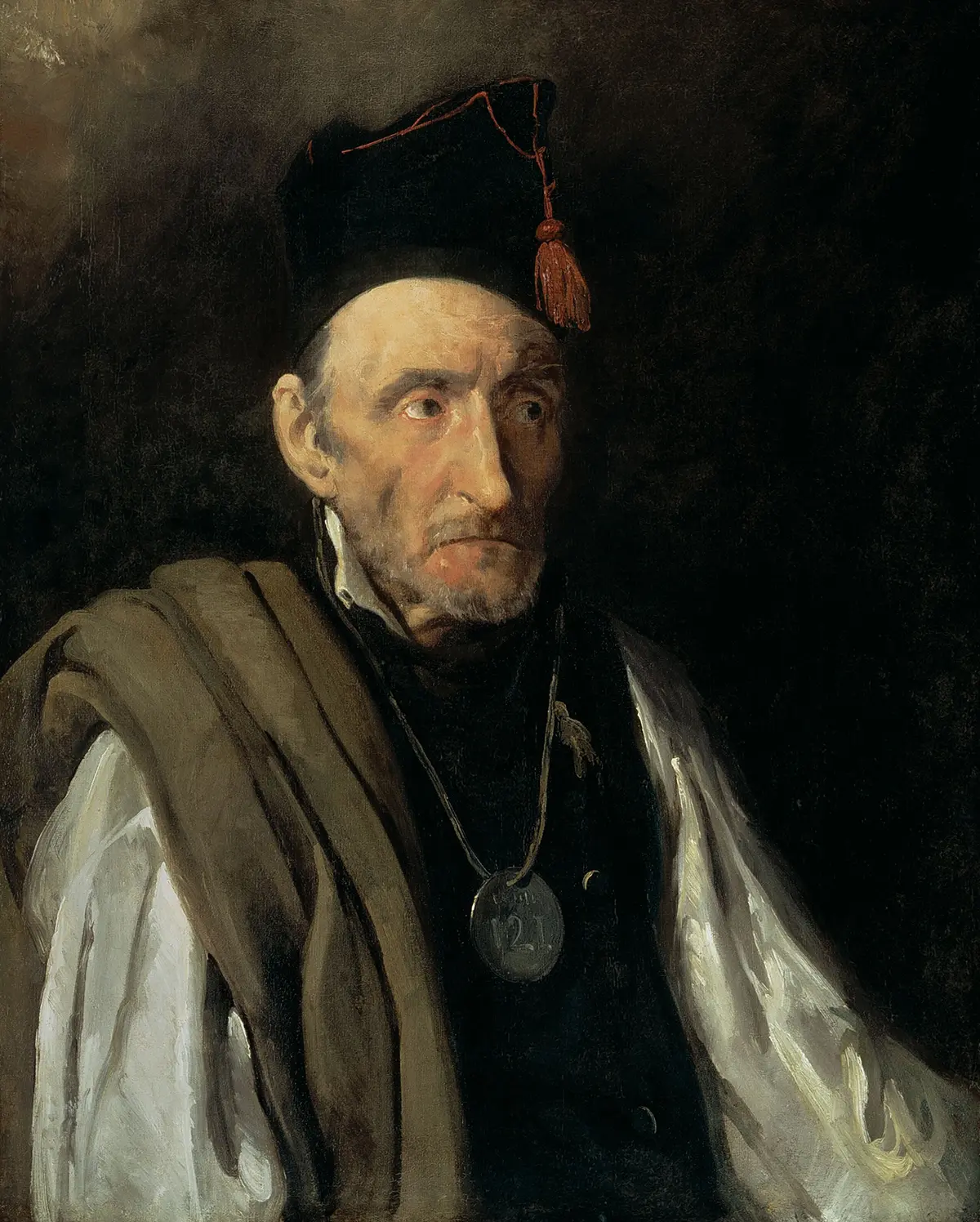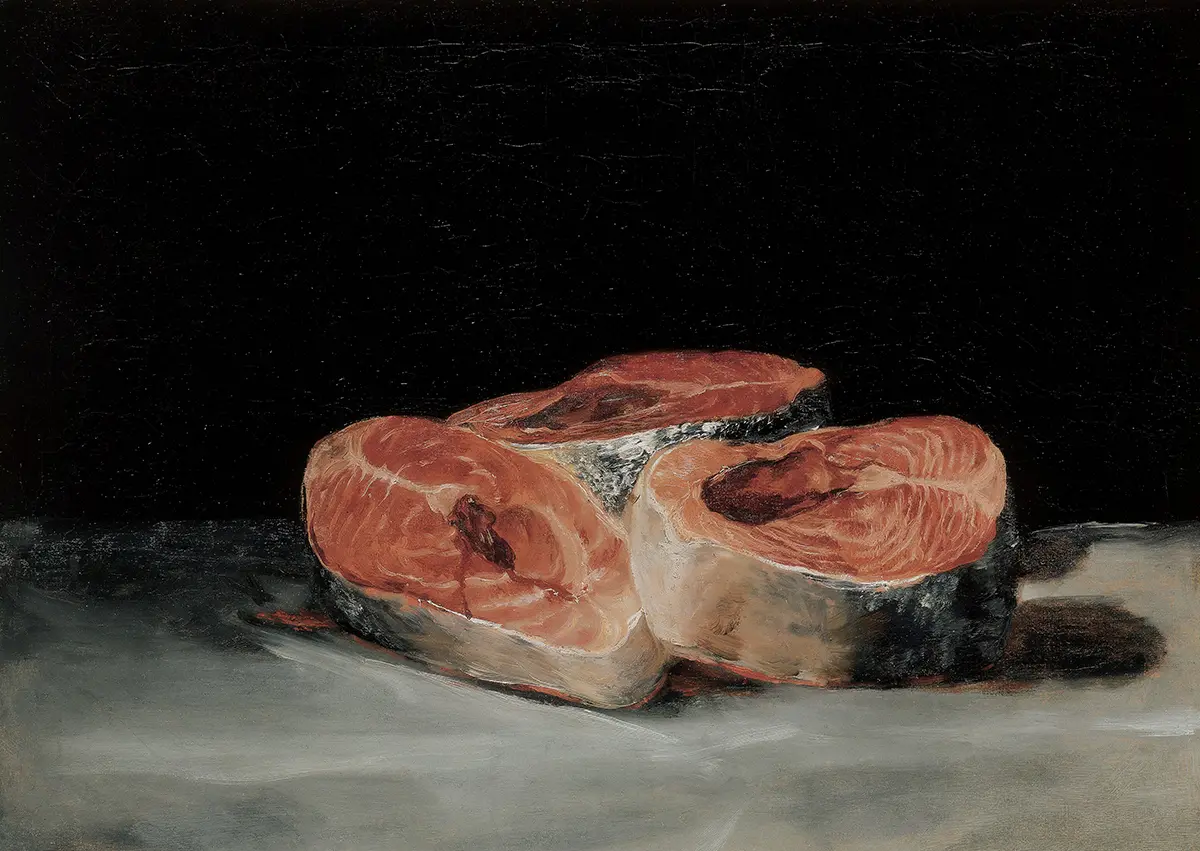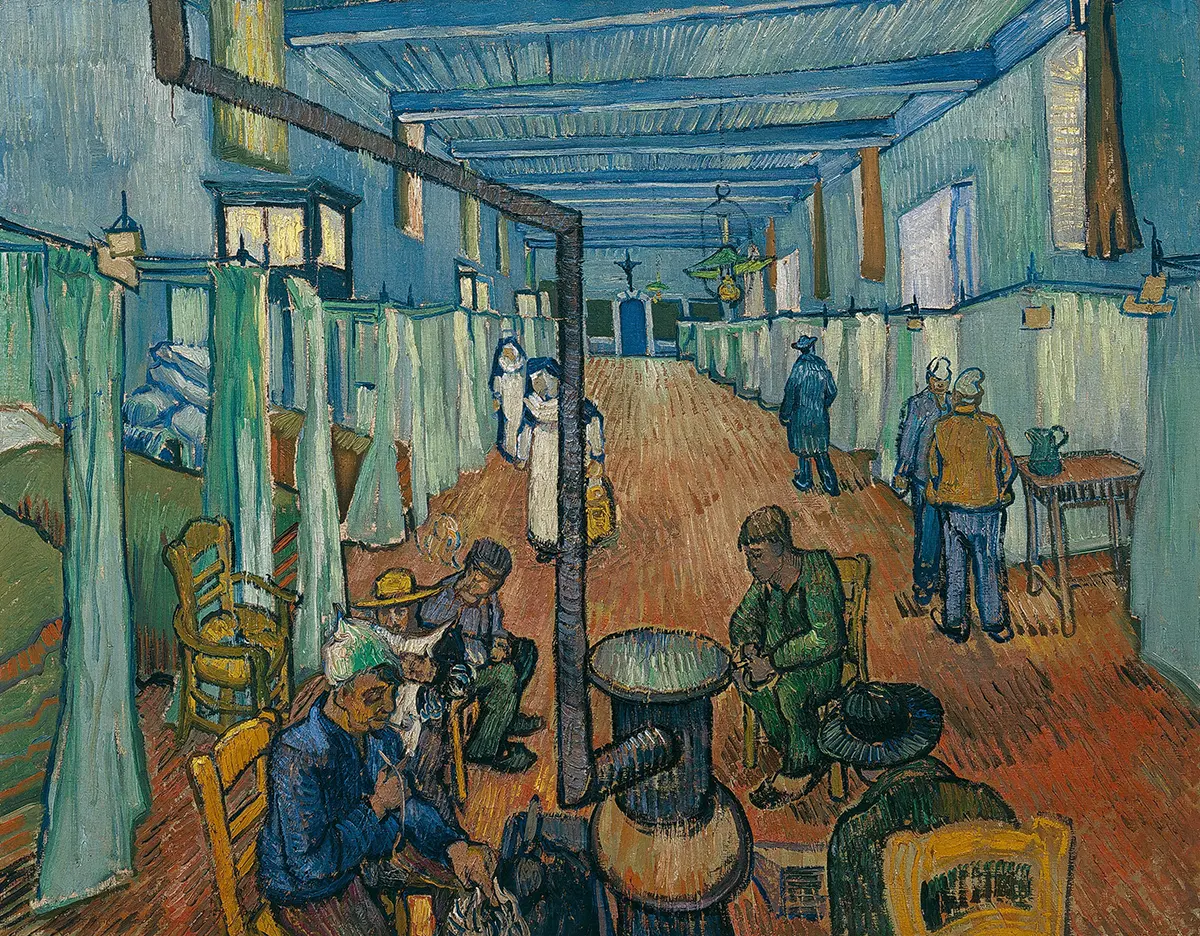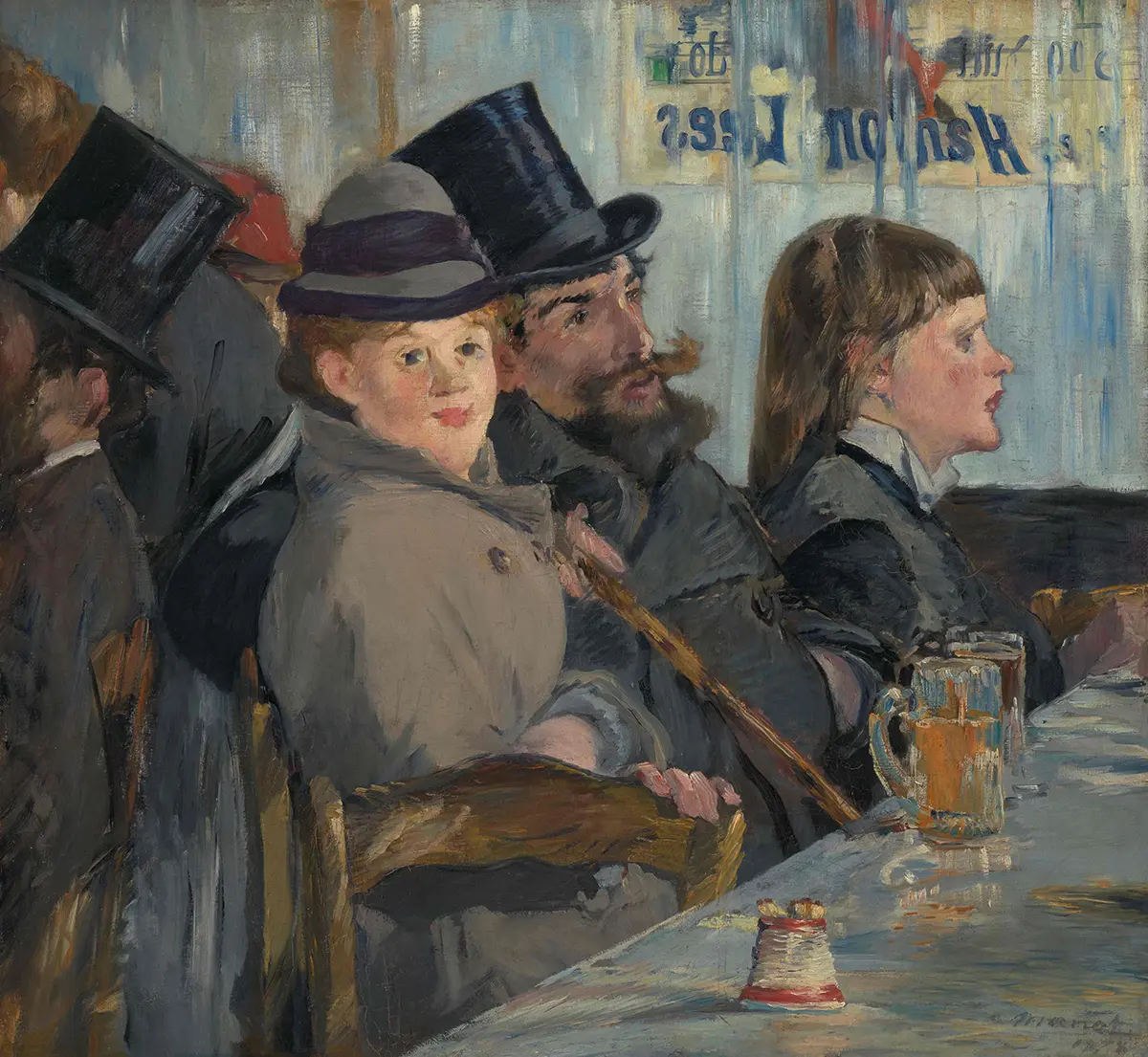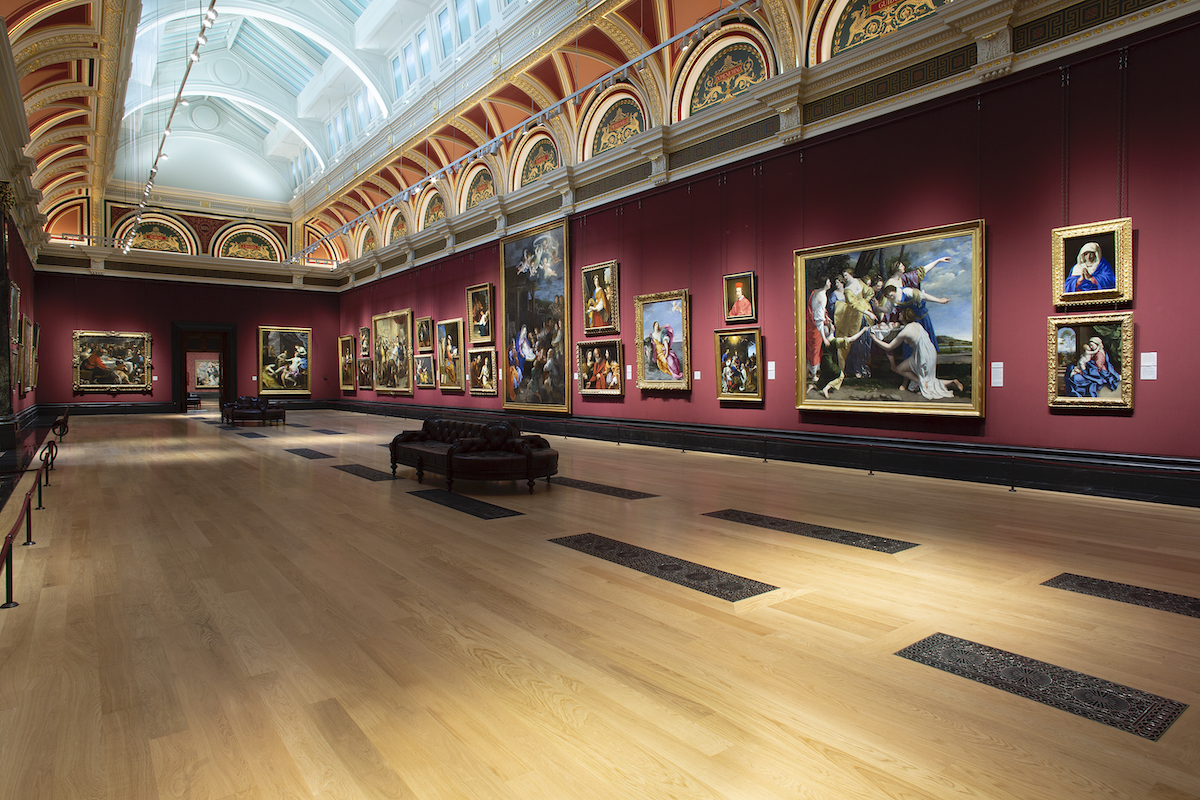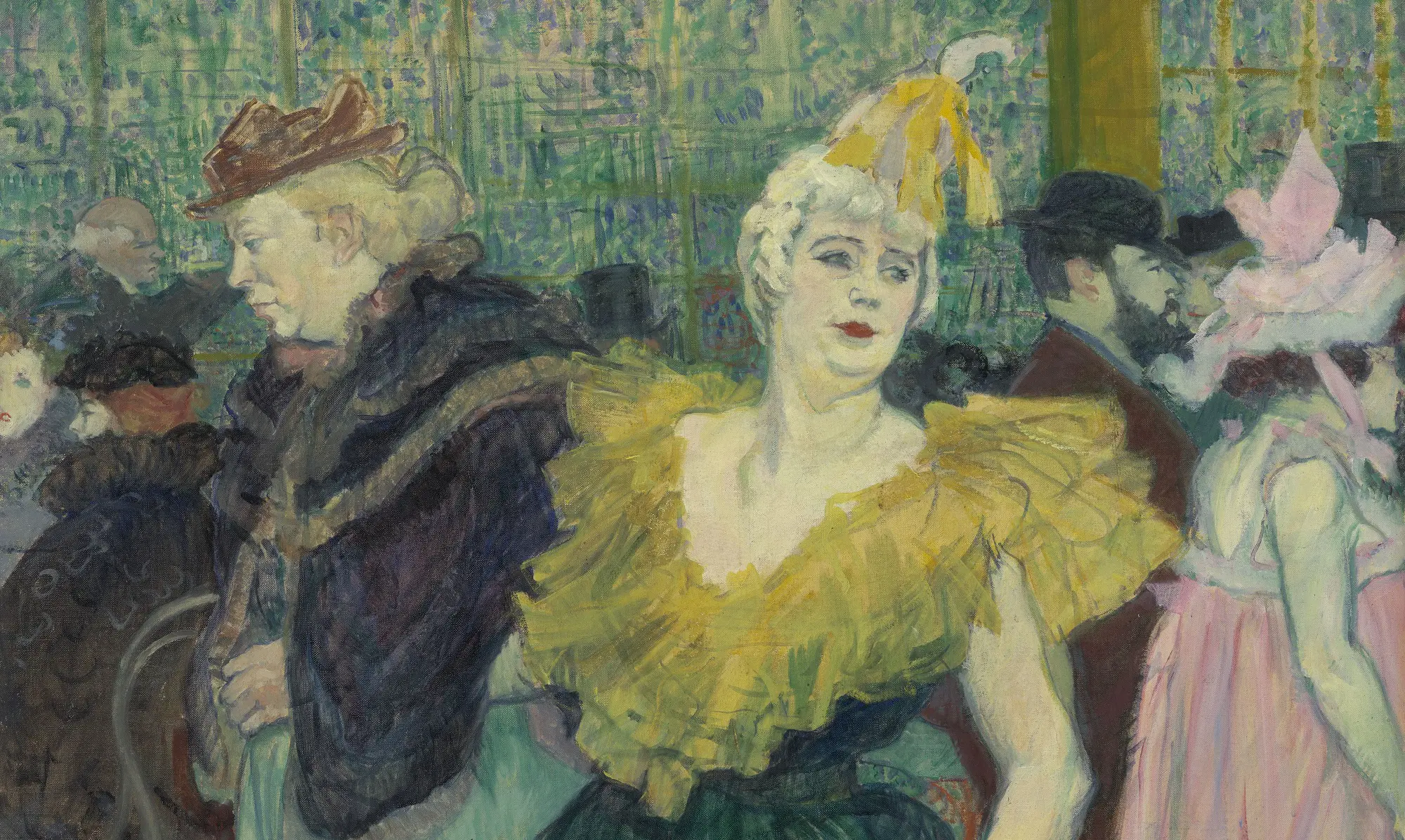
A superb exhibition containing just a small pick of an extraordinary Impressionist and Post-Impressionist ‘bunch’ is now on show at the Courtauld Gallery, visiting a foreign country for the first time from Switzerland. This is a once in a lifetime chance to see highlights from the Oskar Reinhart collection, based in Winterthur. Let’s be honest, Winterthur is an unlikely travel destination. Unless of course you are in the insurance business –it’s the home of the Swiss branch of the insurance group AXA. The old town is not particularly attractive and the local football team last year only narrowly avoided getting relegated from the Swiss Super league. On the other hand, the Oskar Reinhart collection is only a short train ride from neighbouring Zürich. So, if this exhibition whets your appetite, you might end up in Winterthur after all.
Surprisingly Winterthur can not only offer one, but two of the country ‘s most fabulous art museums. It’s all thanks to the arts patron Oskar Reinhart (1885-1965) who bequeathed his collection to the Swiss state. Oskar’s Collection was so extensive that two museums were needed to house the more than 600 works by Austrian, Swiss and German artists, and the approximately 200 paintings by old masters and 19th century artists. The Sammlung Oskar Reinhart Am Römerholz and the Kunstmueeum Wintherthur are both closed for renovation until January 2026, but you can currently see some of their best Pre-Impressionist, Impressionist and Post-Impressionist holdings at the Courtauld Gallery in London.
This venue is ideal, because Oskar Reinhart and Samuel Courtauld, one of the founders of the London gallery, had a number of things in common. Not only were they contemporaries, they both worked in their family’s business. Courtauld’s wealth came from successfully running the textile company owned by the family. After the First World War he developed a very strong taste for French Impressionist and Post-Impressionist paintings and became one of the first collectors of those works in Britain.
Oskar Reinhart also started out working for the family business, trading cotton and coffee. But in 1924 he decided to devote his time almost exclusively to collecting. After the Great War and during the depression of the 1920s many art works came on the market ‘en bloc’ as financial circumstances for many art collectors changed for the worse. When a bankruptcy forced the Danish collector Wilhelm Hansen to sell a group of high quality Impressionist paintings, Reinhart was quick to select some of the finest works from the sale. Oskar’s father Theodor supported Swiss and German artists and Oskar also expanded that collection as well as adding Dutch, German and Spanish old master paintings to the ever growing holdings.
Oskar Reinhart was mainly interested in aesthetic aspects of painting , but he had a preference for a number of well-known artists whose more pleasing works he bought. The Reinhart collection contains ten canvasses by Jean-Baptiste Camille Corot (1796-1875). He is perhaps best known for his landscapes, but his portraits are no less important. Girl reading (c.1850-55) is influenced by Dutch 17th century artists that depicted contemplative looking young ladies in studio settings. Corot’s girl is totally immersed in her book and nothing in the background distracts from her total absorption.
Théodore Géricault’s A Man Suffering from Delusions of Military Rank (1819-22) is one in a series of portraits that the artist made of people suffering from mental disorders. The gaunt man, evading our gaze, wears a police cap with a red tassel (but not the uniform) and a large, what appears to be a medal with a number on it. It’s not a medal, it’s a hospital ward tag. There is no sense of mockery about the portrait, which would have been fairly common a century earlier. There is even a sense of dignity about the man. It’s tempting to interpret these paintings of asylum inmates as an early sign of the emergence of the discipline of psychiatry.
Is Goya’s Still Life with Three Salmon Steaks (1808-1812) imbued with symbolic meaning? It was painted while the extremely bloody Peninsular War was fought by Spain, Portugal and the United Kingdom against the forces of Napoleon. Goya shows three freshly cut fish steaks lying on a slab and your eyes are immediately drawn to the flesh emitting blood. During this period Goya was forced to put up with a French officer as a guest, which would have made it difficult for him to be overtly political in his paintings. And yet Goya at the same time (secretly) managed to work on his very disturbing and emotive Disasters of War series of etchings. Interestingly they were only published 35 years after his death.
An early portrait by Cézanne of his maternal uncle Dominique Aubert (1866) already shows some of the painter’s distinctive technique: thick layers of pigment built up on the canvas with a palette knife and chunky, block-like brushstrokes. Aubert sat for at least ten portraits and you can feel Cézanne’s familiarity with the subject, who really comes alive on the canvas. The Chateau Noir painted 20 years later is a prime example of how Cézanne draws you into the landscape (or rather the ruined castle). He contrasts the vertical tree trunks with overlapping, quick brushstrokes and subtle gradations of colour, giving an impression of the dense foliage and leaves stirring. An opening in the forest creates a sense of depth and reveals the ochre building with its red door in the distance.
There are four other works by Cezanne in this exhibition, all nearly as good as the Chateau Noir. Renoir is also well represented with four painting, three of them portraits, but his large still life of a Lily and Greenhouse Plants (1864) is the most remarkable.
Van Gogh made only two paintings while he was recuperating in the Hotel-Dieu Saint-Esprit in Arles from a mental crisis and the effects of his attempts to cut off his ear. The two works, that Reinhart reunited, give a brief insight into the artist’s tortured soul. But even a deep crisis couldn’t stop his creativity. The Ward in the Hospital at Arles (1889) is the most revealing of the two works. We see two faceless nuns walking towards a group of forlorn looking patients sitting in the foreground around a stove. The floor of the exceptionally long men’s ward of the hospital, with its rows of beds separated by curtains, seems to tilt upwards and move. One can’t help noticing that the lines converging at the end of the gallery aren’t straight either. The mood is blue like the ceiling of the room and this tint strengthens the sense of coldness and abandon. This is the first time these paintings are displayed outside Switzerland together.
One of the Courtauld’s signature paintings is Edouard Manet’s A Bar at the Folies Bergère. The Reichart collection’s Au Café (1878) doesn’t reach such a monumental level, but the setting is also a crowded place, the Cafe de Reichshoffen. Interestingly Au Café is only one half of a painting that was cut in half. The other half, Corner of a Café-Concert, can be found in London’s National Gallery and that painting was back in the day purchased with funds made available by Courtauld!
My personal, absolute highlight, the pick of the high quality bunch, is Toulouse Lautrec’s The Clown Cha-U-Kao (1895). Nobody has so far been able to trace the entertainer and former gymnast’s real identity, but she certainly wasn’t Japanese. None of the customers seem to take notice of this remarkable and self-assured looking lady strutting across the floor with her yellow ruff, puffy green knickerbockers, pointy blond wig and bright red lips. One hand is in her pocket while the other arm is linked with her elderly female partner. The odd couple are in the Moulin Rouge where customers wouldn’t have batted an eyelid seeing queer people dance or holding hands. Toulouse Lautrec’s clever use of a skewed angle and his ability to make oil paint look like a coloured drawing makes this painting, despite the fashion on display, look modern or even quite contemporary. It’s no wonder that the lithograph version of this work became so popular.
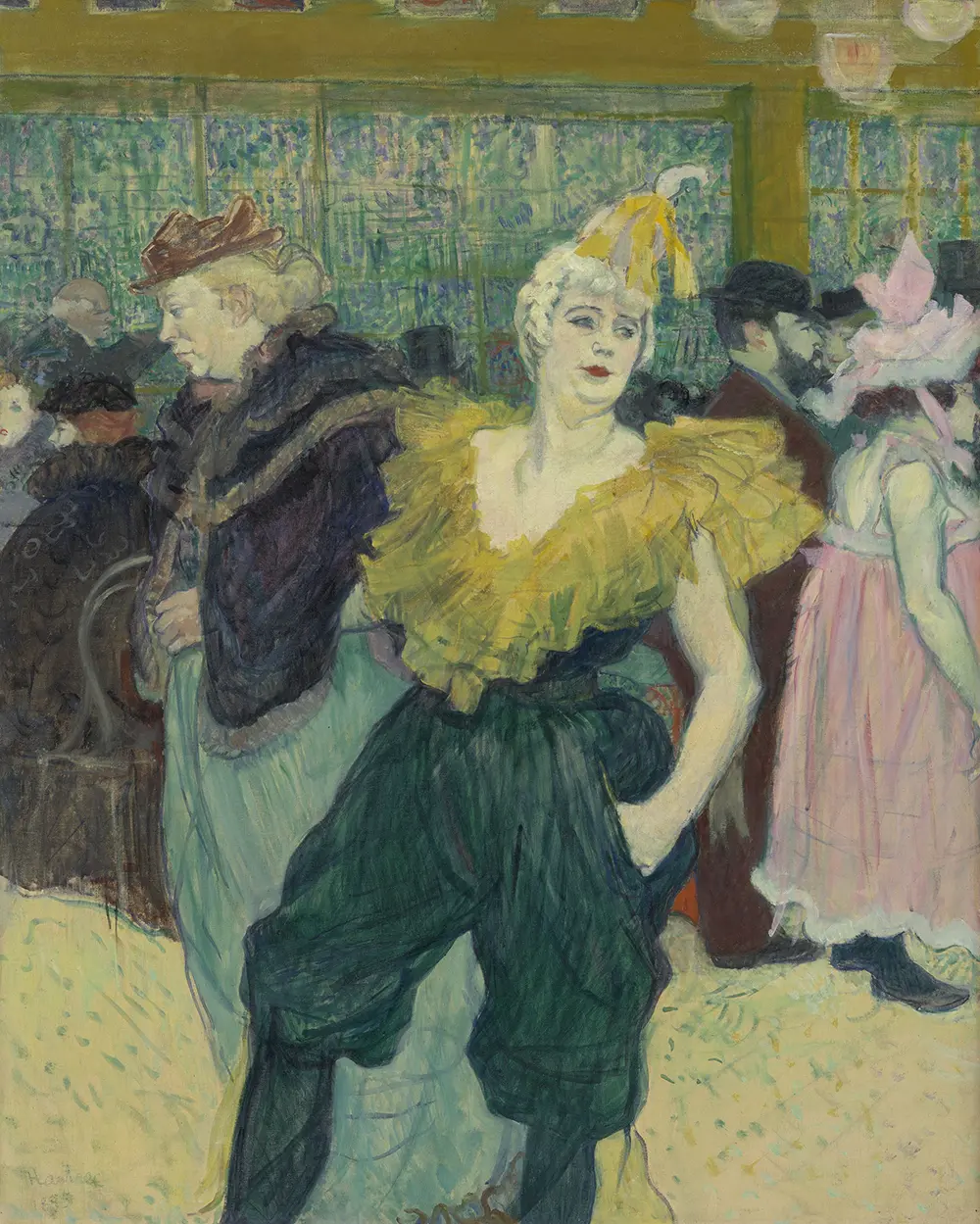
The 24 works selected for this show are all of an exceptionally high standard, but quite a few works that were left behind in Winterthur, could easily have been included without compromising on the quality.
I suspect you will have to visit Winterthur after all.
GOYA TO IMPRESSIONISM. MASTERPIECES FRO THE OSKAR REINHART COLLECTION
until 26 May 2025 at the Courtauld Gallery in London. https://courtauld.ac.uk/
